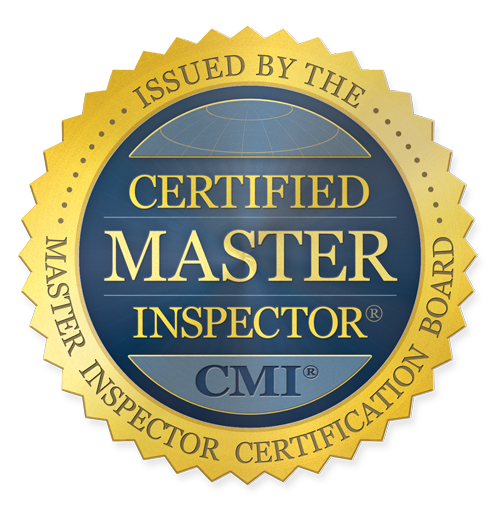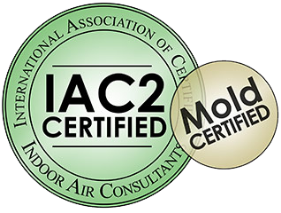1. Being Up To Code
In Florida, homes built from 2002 onward were generally held to higher standards as far as the building code is concerned. This impacts wind resistance as well as other aspects of your building.
It may be worth making the necessary upgrades to gain a home insurance discount – and you should at least be aware of the “code status” of your new home. A wind mitigation inspection will bring that all to light.
2. Openings Protection
Doors and windows are a major part of wind resistance, especially during a potential hurricane. Impact-resistant windows, shutters, tempered glass, strong doors, and wind-resistant garage doors are all aspects to look at. The door attachment method is also important. And don’t forget about skylights!
3. Roof-top Water Resistance
Wind and water working together can often get moisture under the shingles during a major storm. A layer of quality felt underlayment below the shingles, along with all necessary roofing flashing, drip edge, roofing caulk, and proper guttering is thus considered an element of wind mitigation.
4. Roofing Material
Some roofing has a higher wind-resistance rating than others. This depends on the type, grade, and age of your home’s roofing. Proper installation also strengthens wind resistance and needs to be checked for during the inspection. Homes with two or more layers of shingles decrease wind mitigation – another reason not to just “roof over!”
5. The Roof Decking Attachment
The plywood sheets of your roof deck need to be attached to the roof rafters so as to withstand extreme winds. Quality of materials, roof design, the thickness of plywood (seven-sixteenths of an inch or thicker), and the number and type of nails used all come into play here.
6. The Roof-wall Attachment
Another wind-mitigation factor is how sturdily the roof structure is attached to the tops of the walls it rests upon. There are various attachment methods, each of which gives its own rating. Toenailing is the least wind resistant in this context, whereas double wraps are the strongest. If the building’s roof-to-wall attachment method is unknown, the inspector may be able to find out for you.
7. Roof Shape & Contours
The shape of a roof matters too when it comes to resisting and standing up against strong winds. Flat-topped roofs are probably the least resistant to wind, while a hip roof that slopes down on all sides is the most resistant. Most homes fall somewhere in between these two extremes. An inspection can point out any strong points in the design of your roof that help to reduce direct, forceful wind impacts.
There are many factors that play into wind resistance and wind mitigation credits. These are seven of the most important ones. Contact the professionals at Super Inspection Pros to learn more about how to get the biggest possible insurance discount for wind resistance and how to make upgrades that make your building safer for the long term.

